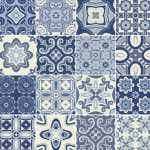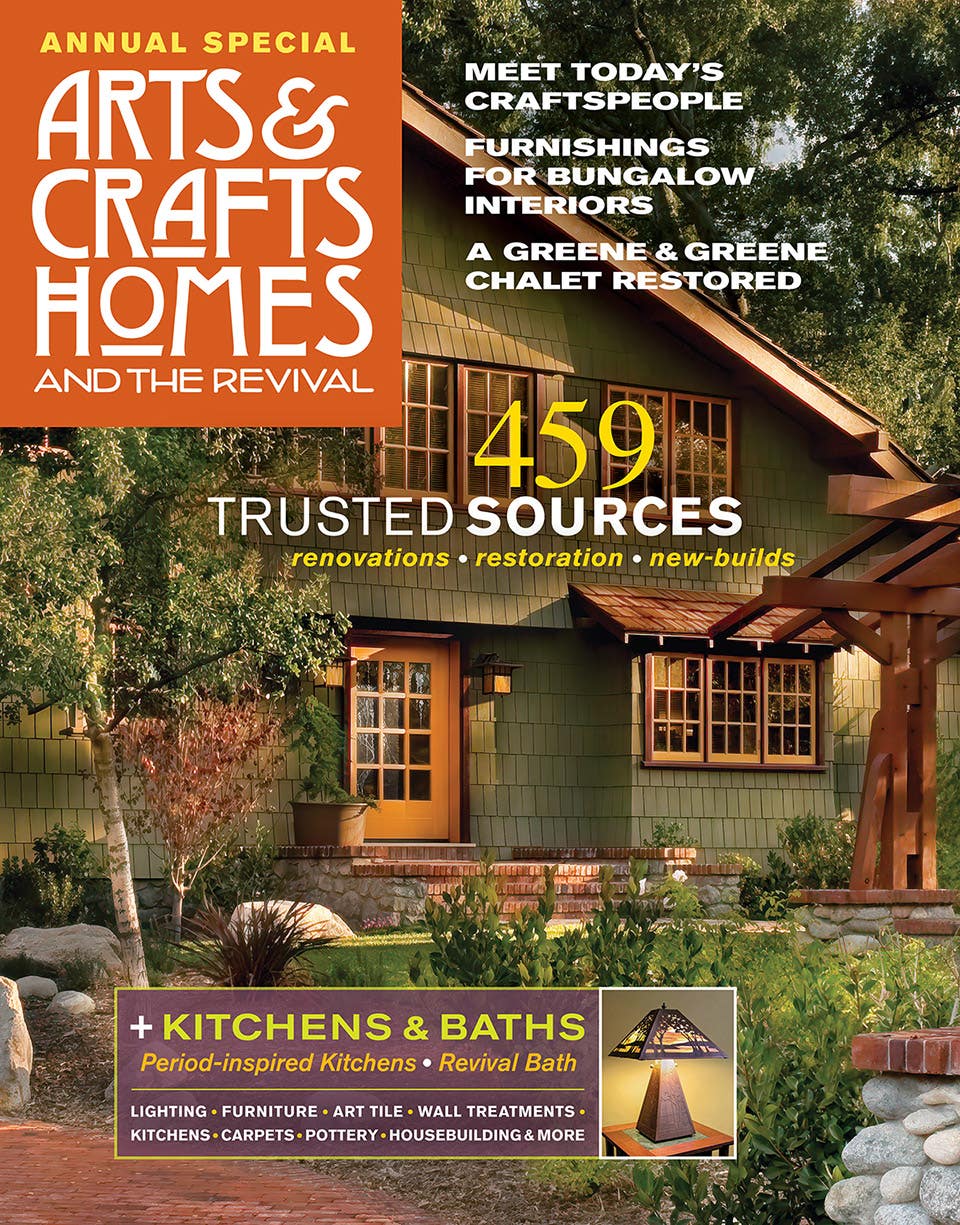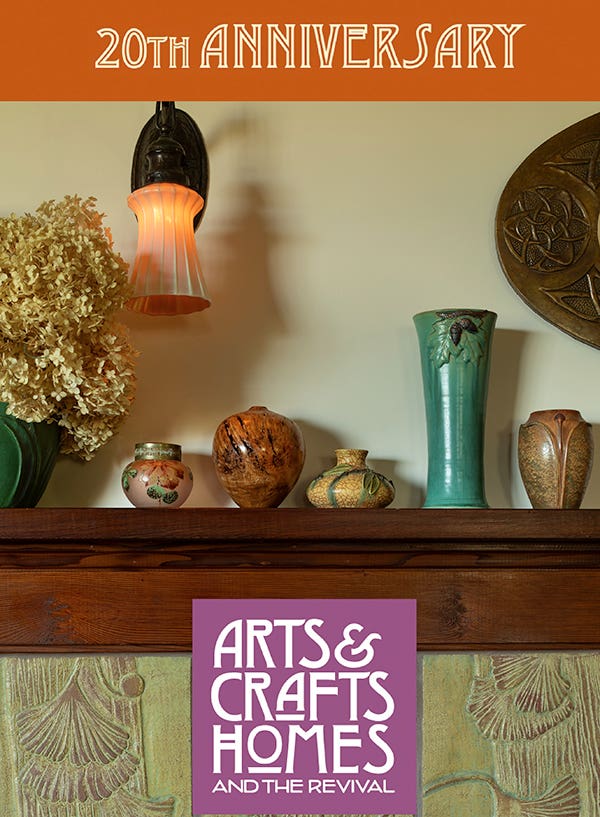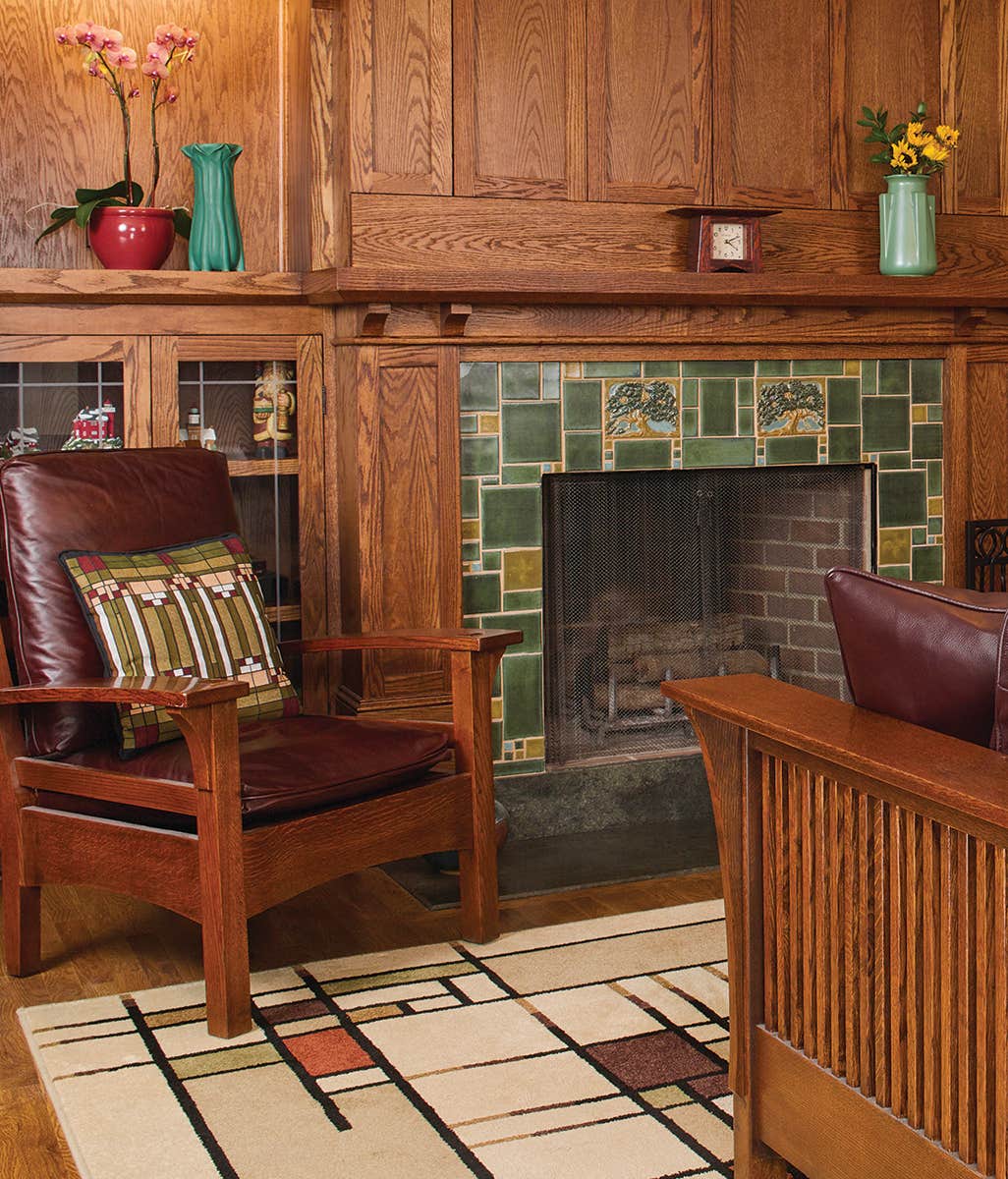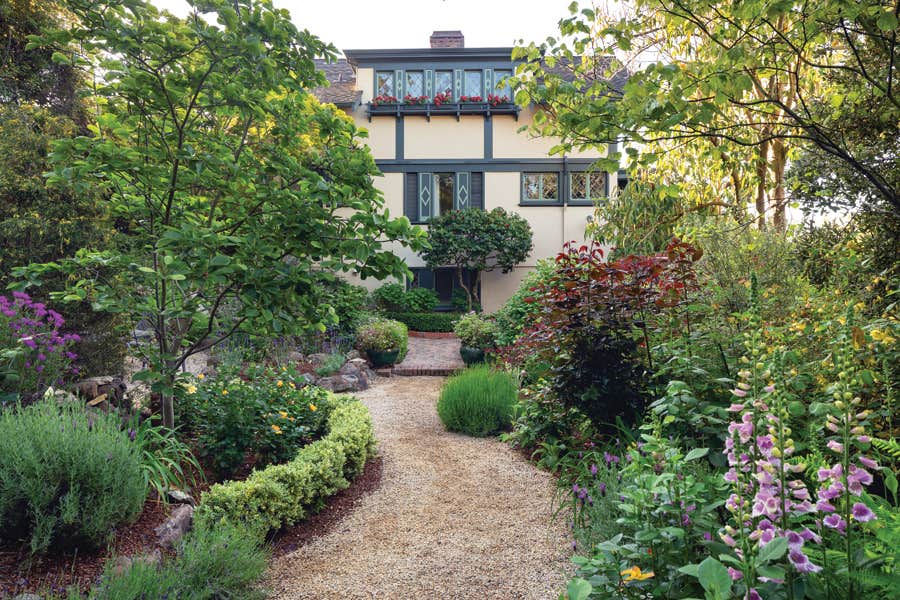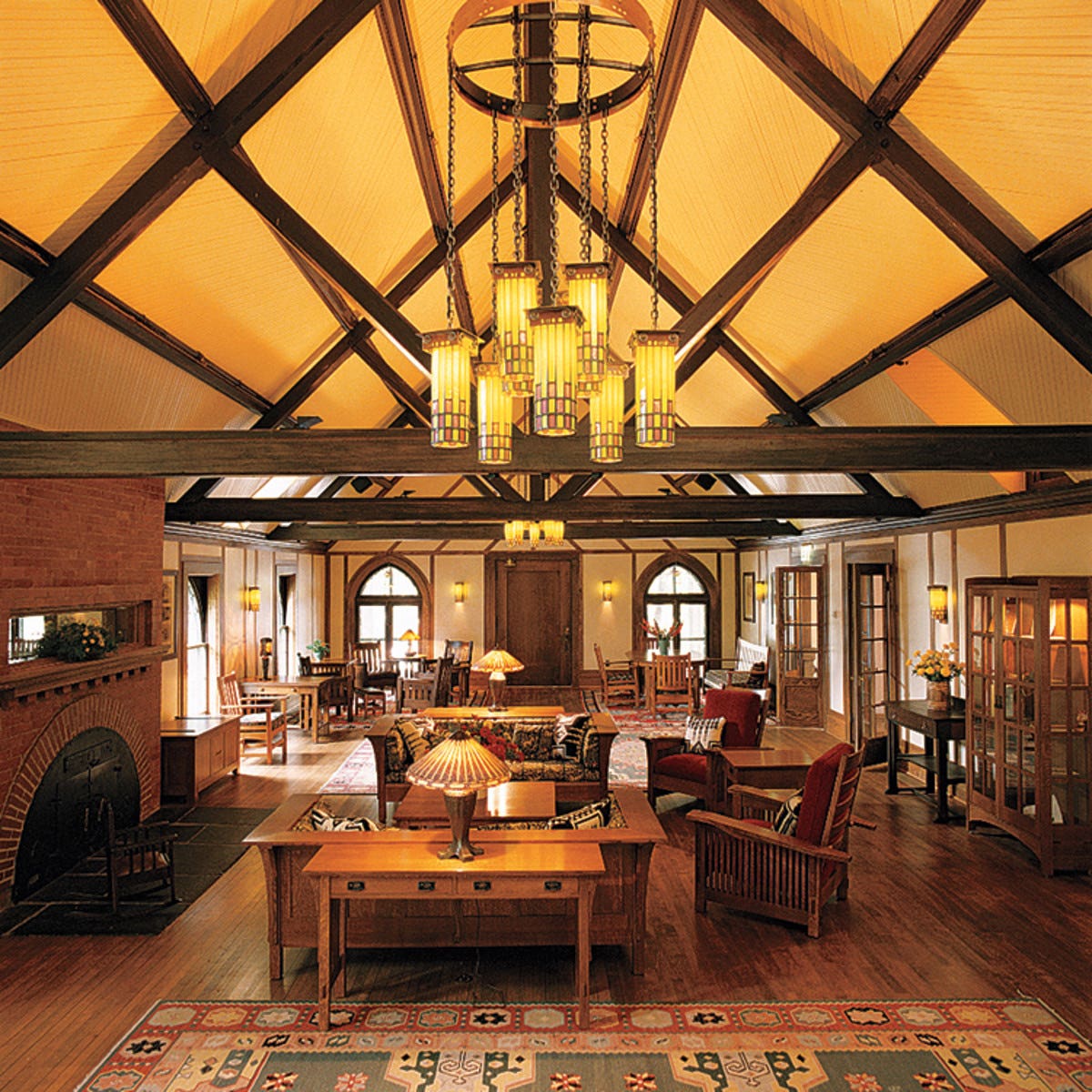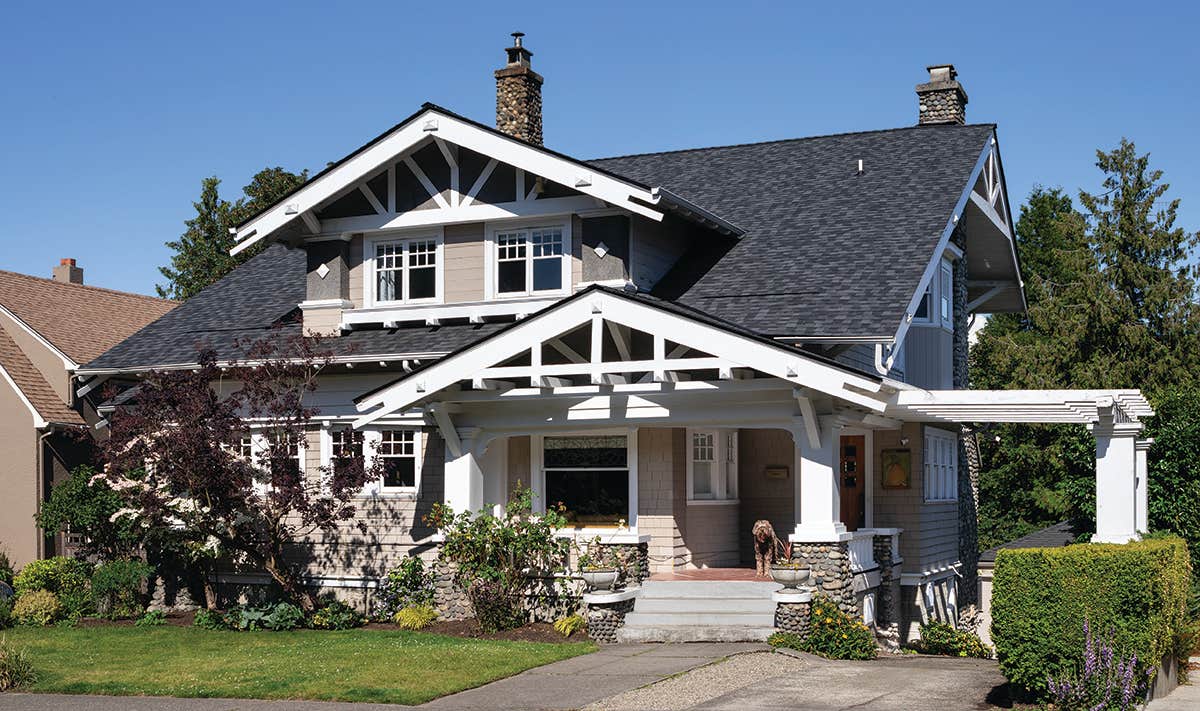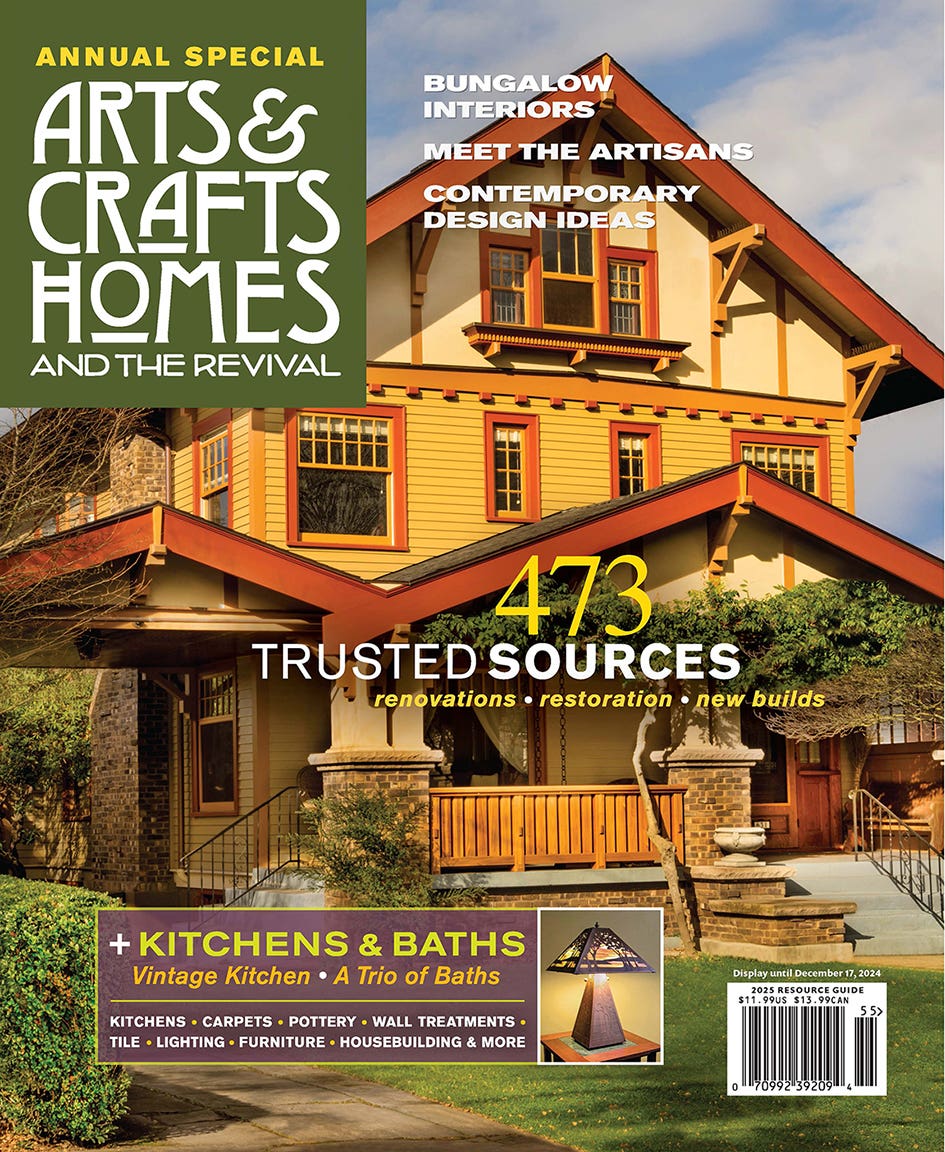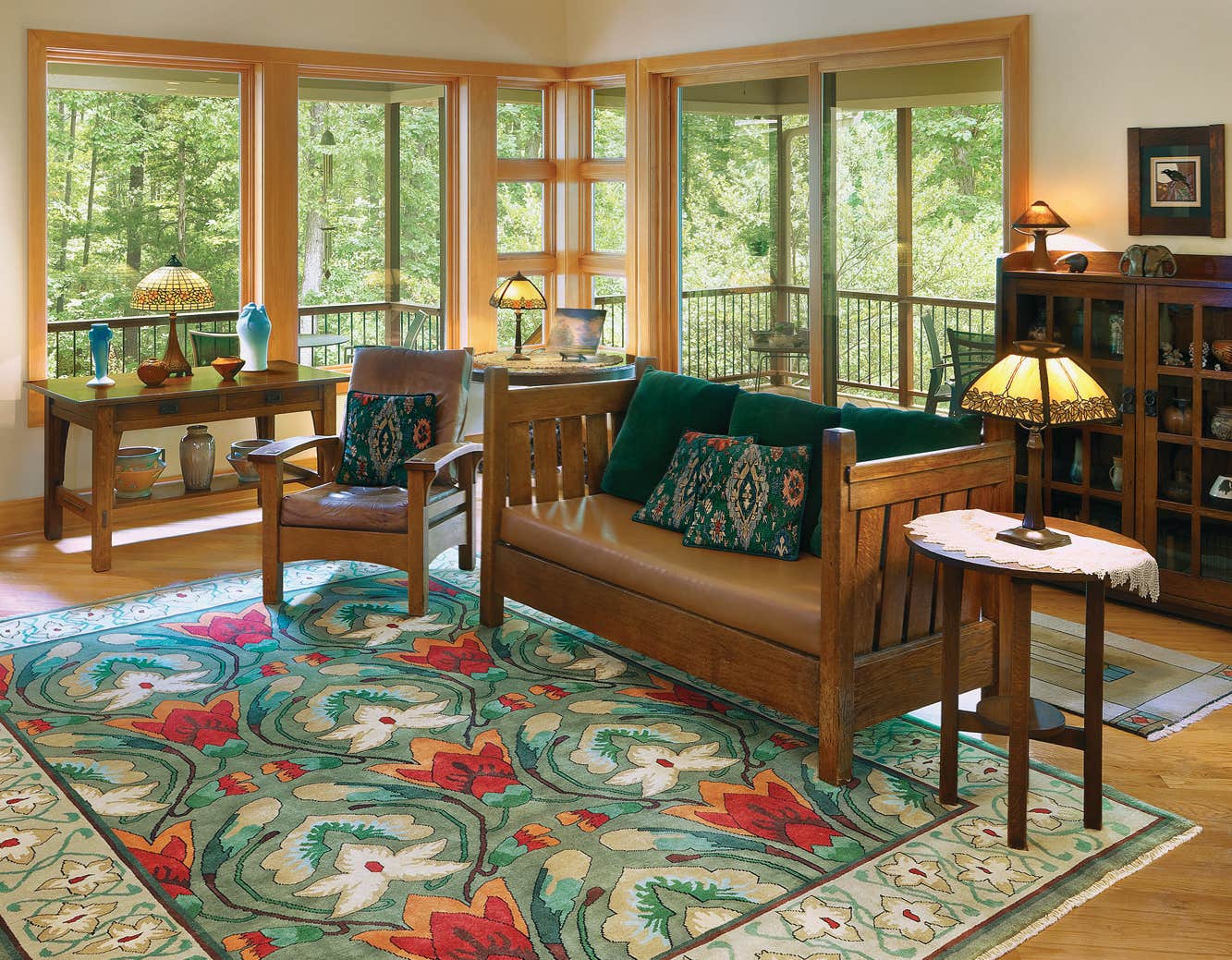Architect Gerald Morosco on the Revival
If you’ve attended the annual Grove Park Inn Arts and Crafts Conference in Asheville, North Carolina, chances are you’ve run into Jerry Morosco.
The lively and outgoing architect and author (How to Work With An Architect, Gibbs Smith Publisher, 2006) is a frequent speaker at Grove Park and at conferences around the country. Trained at Taliesin, he focuses his practice on preservation and education, the legacy of Frank Lloyd Wright, and the Art and Crafts Movement. I caught up with the peripatetic architect recently to talk about the Arts and Crafts Revival.
We often hear that the Revival is even more popular than the original Arts and Crafts Movement of the early 20th century. What do you think?
In our world today, we have a completely different awareness about the impact our actions have, and our awareness finds a quite natural means of expression in Arts and Crafts ideals and its aesthetic. So if interest equals popularity...then, yes, the movement is bigger than ever, because people are more aware of their place.
And they didn’t have the Internet then, did they? I’m grinning, but I really do think that the Internet is serving as a fertile medium to foster the long-running “revival” . . . and, of course, revivals frequently achieve greater appeal and broader impact than original movements. It is also true that the early threads of the movement have been woven inextricably through the warp and weft of successive movements in design, and even into the vernacular. For example: it’s quite easy to render a 1950s Ranch-style house into an Arts and Crafts remodeling—because the bones of the Ranch evolved from Bungalow and Prairie house forms.
What trends have you seen, building Arts and Crafts homes?
There is a movement—no, more what I would describe as almost a natural gravitation—back to an awareness of our place in the world. I don’t know if this can be expressed as a “trend.” Trends are antithetical to the Arts and Crafts Movement, which is an anti-trend, if you will. Today’s revival reveals something essential; from my perspective, amongst socially, environmentally, and aesthetically conscious people, there’s an authentic appreciation of their presence, their lifestyles, and the homes they build and live in, and their subsequent impact.
Now, by this I certainly don’t mean that A&C is “green”—a term so mainstreamed and marginalized by mass marketing that it has ceased to represent anything of real value. (In some contexts, I think it has become almost a derogatory reference, as in “green-washing.”) The term I understand as an architect, one that retains validity and meaning, is “sustainability.” Clients coming to me, most of whom can claim the sensibility and appreciation for what would be recognized as an Arts and Crafts aesthetic, are seeking an architectural composition of intrinsic beauty and economy of purpose in harmony with the site or a pre-existing structure.
Sustainability and responsibility are uppermost in people’s minds when they build or restore an Arts and Crafts home. Isn’t that, in essence, what the A&C Movement was and still is about?
What commonalities do you find between Frank Lloyd Wright’s career and the Arts and Crafts Movement?
In his own work, Wright went beyond surface and interior decoration and crafted architectural compositions where the careful articulation of the space distinguished and defined his work. The underlying principles common to the Arts and Crafts Movement are integral to Wright’s compositions. These include honesty in the expression of materials, proper color coordination and contrast, careful articulation of natural and artificial light, good spatial relationships and scale, all of which combine to afford a sense of sanctuary within a circumstance of beauty.
What exactly makes Arts and Crafts houses so popular?
Our modern world offers much to deplete our energies, but little to restore them. Many have observed and commented upon the similarities between life at the end of the 19th century, when people were confronted with the dynamic forces and impact of the Industrial Revolution, and ours of the late 20th century, challenged as we are by the impact of the technological revolution. The ideals and aesthetic of the Arts and Crafts Movement, as espoused by its original practitioners, show us a path of living in harmony with the land, one that transcends all generations, offering us a place of sheltering peace, serenity, and fulfillment. That’s something that has never gone out of style.
Gerald Lee Morosco Architects,
Pittsburgh, PA (412) 431-4347,
glm-architects.com
Brian D. Coleman, M.D., is the West Coast editor for Arts & Crafts Homes and Old House Journal magazines, our foremost scout and stylist, and has authored over 20 books on home design.
